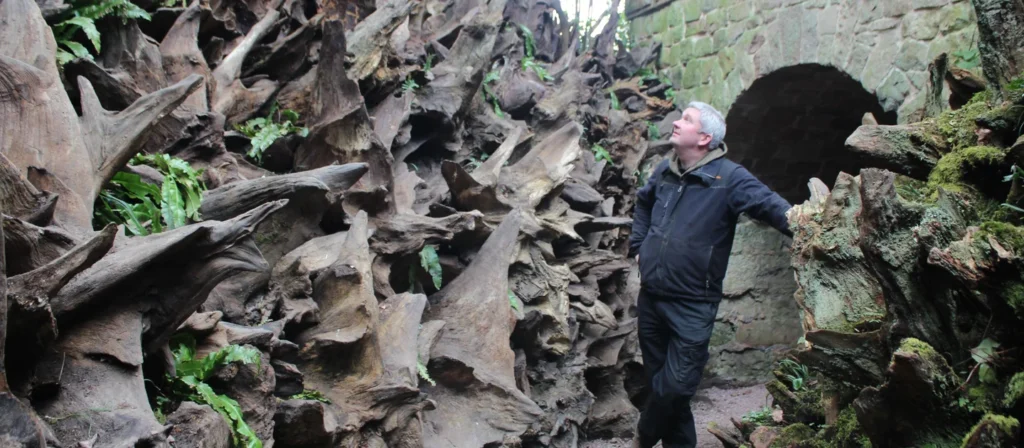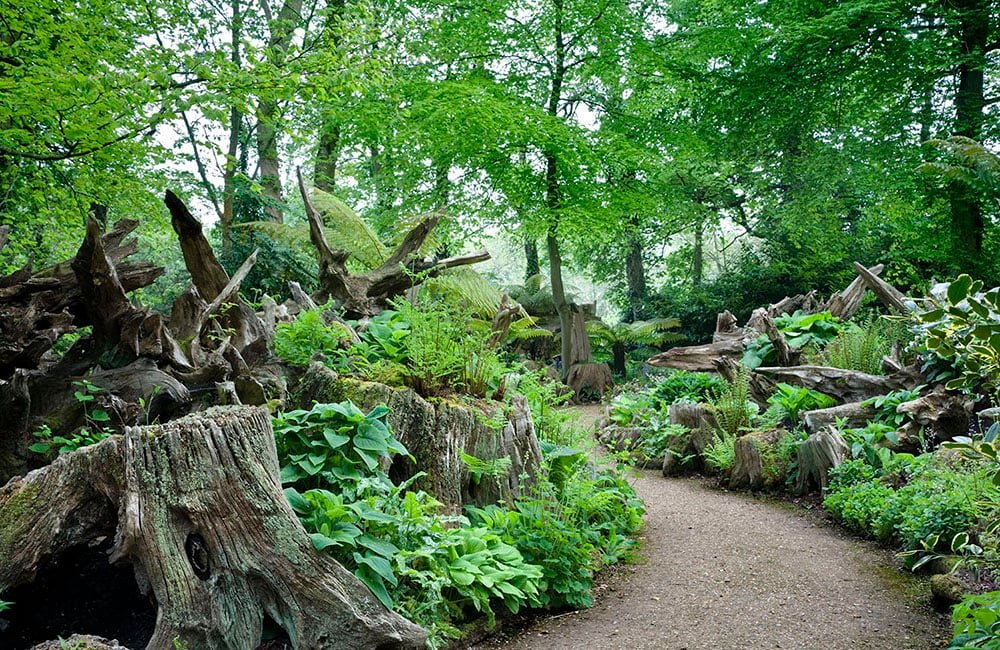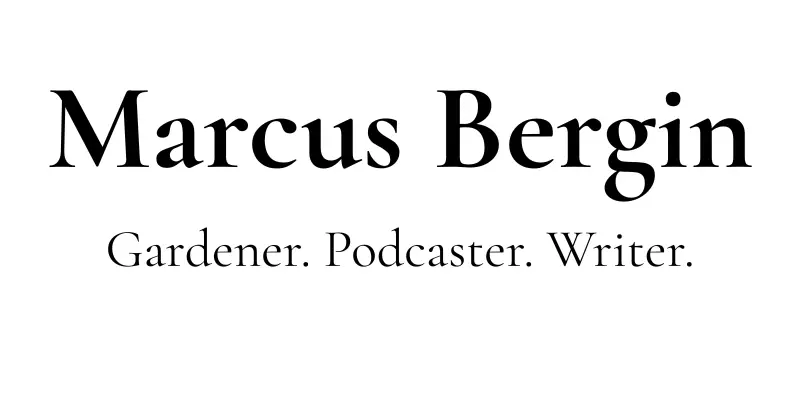
How to Make a Stumpery: A Beginner’s Guide to Woodland Magic in the Garden
There’s something timeless about a stumpery. Whether it’s a moss-laced root ball or a hollowed trunk cradling a fern, these shadowy arrangements of wood and foliage stir something deep and ancient, like you’ve stumbled into the edge of an old forest, where nature is quietly reclaiming its space.
But how do you actually make one?
That’s what one of our Shade Gardening group members asked recently:
A while ago you mentioned stumperies. I’d love to try it in my garden, but I can’t figure out how to get the plant into the tree, how does that bit work?
It’s a great question. In truth, a stumpery doesn’t always involve planting into wood, it’s more about planting with and around it. That said, there are clever ways to tuck things into nooks and hollows if you’ve got a rotting trunk or a tree stump with a bit of natural decay.
Let’s walk through the basics, and then I’ll show you a simple example you can try.
What Is a Stumpery?
The stumpery first gained popularity in Victorian gardens, where upturned tree stumps were used to create dramatic, woodland-style displays filled with ferns, mosses, and curious textures. They work beautifully in shady corners, offering visual structure and a rich habitat for insects, frogs, fungi, and even the odd hedgehog.
Think of it as a fallen forest floor: wild, layered, and full of atmosphere.
Getting Started
If you’ve got a corner that’s shady, sloped, or awkward to plant in, you’ve already got a head start. Here’s how to begin:
- Gather your wood – Look for old tree stumps, root plates, thick logs, or pieces of driftwood. Decaying wood is ideal, as it creates little planting pockets and breaks down naturally over time.
- Lay the bones – Arrange your wood into a structure. Place logs horizontally for base layers, then lean or half-bury stumps upright for height. There’s no set pattern—just aim for balance and flow.
- Add soil and mulch – Fill gaps between the wood with a rich, moisture-retentive mix. Leaf mould, compost, and bark chippings are all perfect. Top with mulch to hold moisture and suppress weeds.
Planting Around (and Into) the Wood
Most of your planting will happen around the wood. Woodland plants like ferns (Dryopteris, Athyrium, Polystichum), epimediums, hostas, and brunnera thrive in the shady, moist microclimate a stumpery creates. Let them spill over and soften the edges.
But if you’re curious about planting into the wood, here’s how that works.
Example: Tucking a Fern into a Rotting Stump

Let’s say you’ve got an old, rotting tree stump with a natural hollow or a patch of softened wood.
You can:
- Scoop out the centre gently with a hand trowel or even just your fingers, removing any loose, crumbly wood.
- Line the hollow with a handful of moss or bark chips to help hold moisture.
- Fill it with a simple mix of compost, leaf mould, and a touch of sand or grit.
- Plant a Polypodium vulgare (a UK native fern that thrives in shallow conditions) into the mix. Gently firm it in, water well, and let nature do the rest.
Over time, the roots will anchor into the moist wood and organic matter. As the stump decays, it becomes part of the living structure. You don’t need to drill or force anything; let the natural pockets guide you.
This technique also works well with smaller epiphytic-style ferns, mosses, and even some trailing plants like Asarum or Soleirolia (mind-the-gap plant), though the latter can become a bit enthusiastic if not kept in check.
Tips for Success
- Go slow – A stumpery evolves over time. Don’t rush to fill every space.
- Keep it moist – Like any woodland corner, moisture is key. Mulch well and water during dry spells.
- Let it settle – Mosses, fungi, and insects will find their way in naturally. That’s part of the charm.
- Watch for wildlife – You might find toads nesting under logs, or beetles making a home in the wood.
Final Thought
There’s no need to get it perfect, just get it growing.
Stumperies are one of those garden features that reward patience and a playful spirit. They bring structure and serenity to dark corners, and they ask very little in return. Even just a few logs and a handful of ferns can transform a forgotten space into something rich with life and texture.
So if you’ve got the wood, a shady spot, and a bit of curiosity, why not have a go?
And if you’d like to see more examples, tips, and design inspiration, come join me in the Gardening with Marcus group, where we’re always talking plants, places, and what’s quietly growing in the corners.
Happy Gardening
